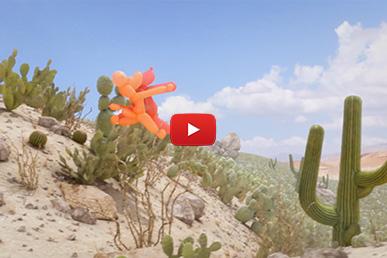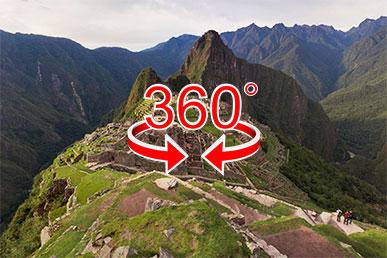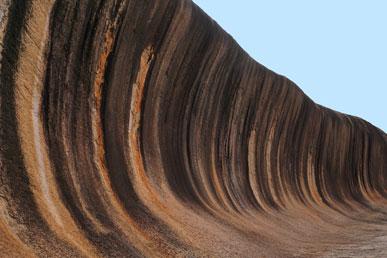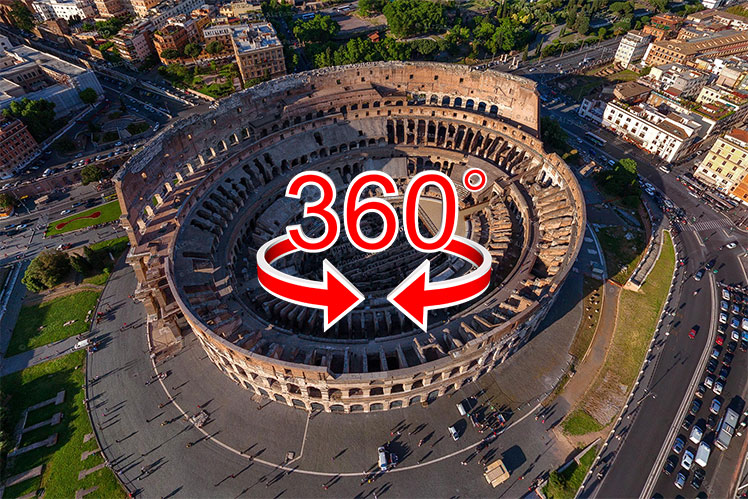
In this article, we will tell you some historical facts about the symbol of Rome and Italy in general – the Colosseum, but most importantly, we will go on a virtual journey to this historical place with a 360° view using special Google Maps and AirPano services.
☛ Go straight to virtual maps and panoramas
The Colosseum is a monument to a difficult fate. It might not have been built at all if it were not for the vanity of the emperor Vespasian, Nero's successor. Wanting to overshadow the glory of the former ruler, Vespasian ordered in the 70s of our era the construction of a huge amphitheater, which was supposed to amaze with beauty and size.
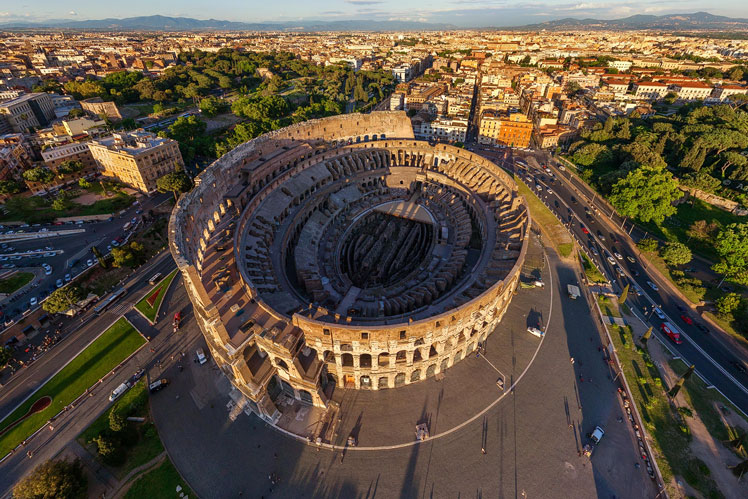
The idea was a success: the amphitheater turned out to be so gigantic that the first name, according to the imperial Flavian dynasty, did not take root. The structure was and remains the largest of its kind: “huge”, “colossal” – this is how the word “colosseus».
Like other Roman amphitheaters, the Colosseum in Rome is an ellipse, the middle of which is occupied by the arena. The length of the outer ellipse is 524 meters, the major axis is 188 meters, and the minor axis is 156 meters. This is an absolute record. The second largest amphitheater in the world, named after Mark Antony Gordian, is located in Tunisia; and its ellipse is “only” 425 meters.
Inside, the Roman Colosseum is no less impressive. Its arena is 86 meters long and 54 meters wide; the height of the walls is from 48 to 50 meters. With such dimensions, it accommodated about 50 thousand spectators (and the attraction of Tunisia mentioned above – only 30 thousand).
There was one statue for each arch between the middle and upper tiers of the Colosseum, the ceilings were decorated with multi-colored plaster, and bronze decorations were fixed on the outer walls.
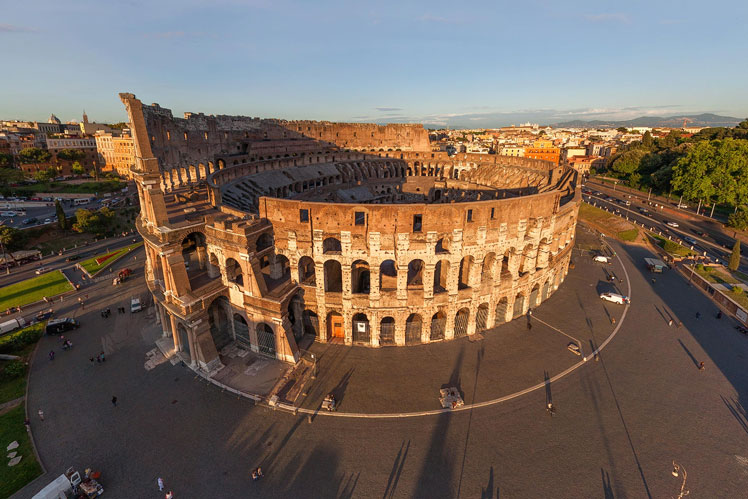

The Roman Colosseum had 76 entrances for the public and several more for the emperor, nobility and gladiators. Moreover, everything was designed in such a way that the audience could disperse in five minutes.
And although such a colossus was erected relatively quickly, in just 8 years, its creator Vespasian did not live to see the day of the grand opening. The new amphitheater received its first spectators already during the reign of the Roman emperor Titus, heir to Vespasian. 100 gladiators and 2000 wild animals took part in the festive games on this occasion, which lasted 5000 days without a break...
Not only that: the technologies of those years made it possible to fill the arena with water, while the depth reached several meters. Water was delivered through a system of water canals that were laid under the arena. And on this impromptu lake, in addition to gladiatorial and other land battles, water battles were also held with the participation of galleys.

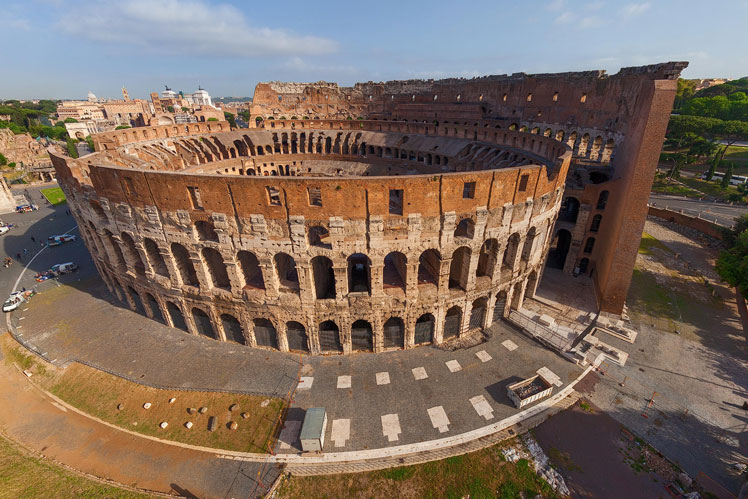
Together with the historic center of Rome, the Colosseum is a UNESCO World Heritage Site. In 2007, he also earned his place in the list new wonders of the world, bypassing dozens of outstanding attractions in the world, such as Hagia Sophia mosque in Turkey, Angkor Wat temple complex in Cambodia or Neuschwanstein castle in Germany.
However, at present, the Colosseum in Rome is no longer a huge, magnificent amphitheater, but rather an example of strict minimalism. Over the two millennia of its existence, he experienced both barbarian invasions and fires, each time losing part of his appearance. But not only enemies or the elements struck him blows. In the Middle Ages, it was considered only as a large warehouse of free building materials, and it was literally considered good form to remove stones from the walls of the Colosseum for any needs of the city.

And nowadays, apart from exhaust fumes, vibrations from heavy city traffic and an inexhaustible flow of tourists, the damage to the Colosseum is caused by the weather in Rome: winds and frosts were the last straw. Now in the ancient amphitheater there are about three thousand cracks, and fragments are constantly falling off from it.
So it's time to take a look from above at this dying giant, without which not a single tourist photo of Rome can do, and think about the transience of time...
Colosseum in Rome, Italy
We also recommend:
◆Taj Mahal is one of the seven new wonders of the world | 360º view
◆Great Egyptian pyramids in Giza | 360º view
◆Paris is one of the most famous cities in the world | 360º view



